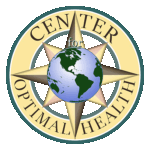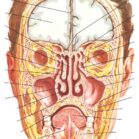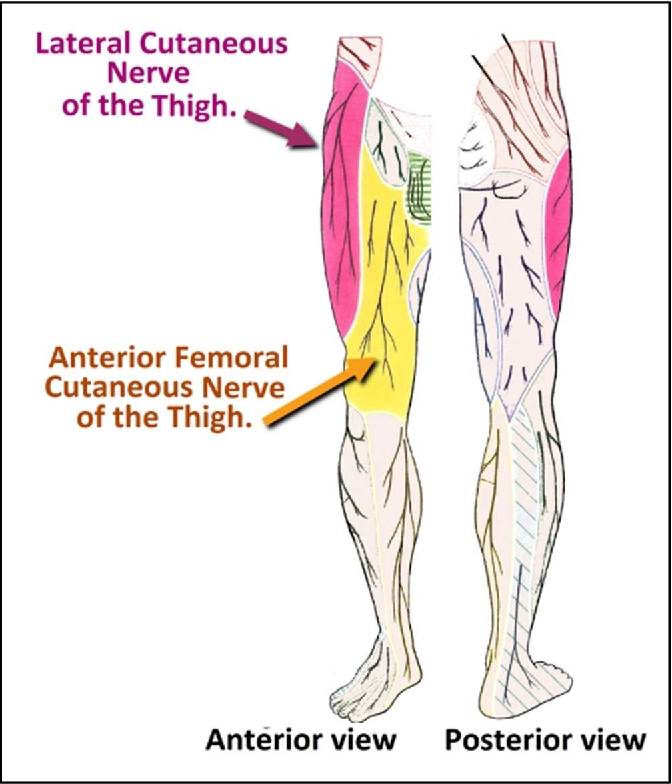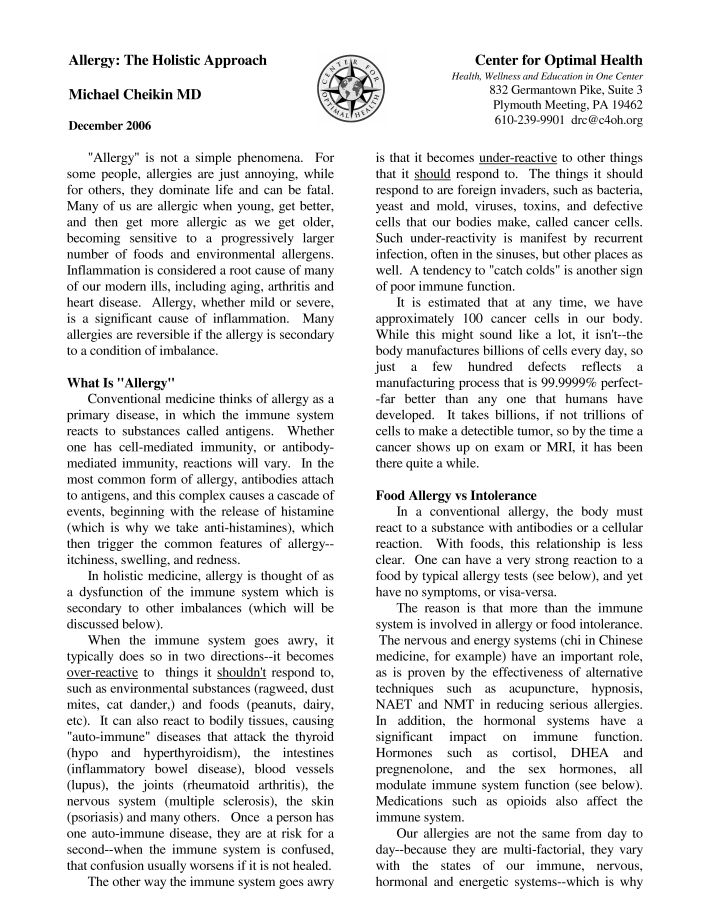Cervical Dysplasia, Cone Biopsy, LEEP, PAP Test
IMPORTANT NOTICE
This information is for educational purposes only, to facilitate quality conversations between patients and their personal physician(s). Several essential considerations are required to safely administer any protocol for an individual. This information is NOT intended to diagnose, treat or encourage self-treatment of any medical condition.

This page is under development. Working links will provide starting information. Please let us know about your interest in this page by emailing us here, and check back soon.
Cervical Dysplasia is a pre-cancerous condition that is usually detected by a PAP Test. When a PAP test comes back abnormal, the typical process is to repeat it a few months later, since it can be caused by certain vaginal infections or other conditions.
The usual treatment for persistent cervical dysplasia is a Cone Biopsy or more extensive LEEP Procedure.
Holistic options exist for women who are motivated to avoid such procedures.
Patients/Members will see more information below:








